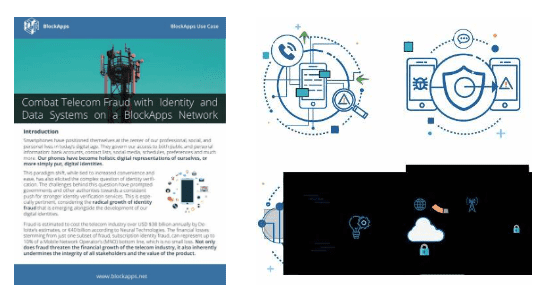Due to the pervasiveness of mobile devices, the number of people who use them has surged in recent years, with 62% of the world’s population possessing at least one mobile device.
However, how they are used has changed.
They are no longer only used to stay in touch with friends and family, read the news, surf social media feeds and listen to music.
They are increasingly used not only for internet purchases but also for in-store payments. We are in the midst of a transition from cash-based to mobile payments, which delivers significant benefits for end users thanks to a streamlined user experience and for mobile operators through increased prospects for revenue creation.
However, this poses difficulties for carriers due to the rising costs of the latest smartphones and the demand for the most recent mobile devices. With an estimated 2.9% of operator revenue lost to fraud, the telecommunications industry is one of the most susceptible to theft, as the value of mobile phones has tripled over the past few years, and thieves view them as highly valuable.
As a result, telecom fraud prevention and revenue assurance solutions are becoming increasingly crucial as operators seek to protect their supply chains from theft and to be able to give smartphone subsidies to end consumers, thereby improving their revenue generation.
Supply Chain Mobile Handset Theft: A Global Industry Problem
Theft and fraud in the mobile device supply chain have become a global business concern, costing $900 per year in the United States alone. It is believed that more than 1,000 mobile phones are stolen daily in the United Kingdom. This illicit action occurs at every stage of the device’s existence, throughout the supply chain and even after the sale, which is a significant cause for concern.
It can occur during shipment (5-25%), in-store, and during robberies. In November 2020, 48 pallets of Apple products valued at over £5 million were stolen from a lorry on the M1 motorway in the United Kingdom, and incidents of this nature are increasing in frequency. Additionally, street crime is becoming so pervasive and severe that, in certain countries, individuals are carrying counterfeit mobile phones to hand to thieves.
Identity Theft & Security Threats
This enormous issue affects not just the earnings of businesses but also consumer privacy and data protection. Since people increasingly use their mobile phones for all their activities, including financial transactions and payments, they prefer to maintain highly sensitive personal data on their devices. This includes bank information, email accounts, apps, images, videos, and texts, among other private and sensitive data. Consequently, the potential for fraudsters to acquire access to this sensitive data and the resulting consequences might have severe effects.
Fraudulent Conduct Involving Smartphone Subsidies
Despite signing a contract, customers who do not pay their device instalments provide an extra problem for mobile operators. Numerous operators throughout the globe invest millions in smartphone subsidies with the expectation that this expenditure will pay off in the long run.
These subsidies, which decrease the initial outlay of the cell phone, are being utilized by many individuals, but numerous unscrupulous behaviors are occurring, and cell providers are battling to prevent abuse. This is especially true in nations and regions where smartphone affordability is a concern and negatively affects operator revenues.
To boost their average income per user, operators must guarantee that end consumers have the most up-to-date smartphone technology to view richer content, consume more data, and buy in-app content and services.
How To Eliminate Fraud And Ensure Mobile Safety And Security
The increase in device theft and fraud necessitates mobile operators to explore and invest in fraud protection solutions. Today, companies employ various methods to avoid these fraudulent activities, but the level of protection still needs to be improved and addressed.
Some systems are only effective after the device is registered to a customer, leaving the cell phone susceptible until then. At the same time, others are too costly to operate and maintain on a global scale.
Utilizing a holistic approach that addresses all potential concerns and reduces the risks of missed client payments, fraud, and theft would be the most effective strategy for overcoming these obstacles.
Modern technologies allow operators and retailers of mobile devices to interface directly with cell phones, facilitating swift action when fraudulent activity is identified. It makes it easier to completely disable a stolen smartphone, rendering it inoperable and removing any resale value.
Also recommended is communication with the consumer to encourage them to pay their bills; if they fail to do so, their device will be locked. All mobile operators should consider this strategy to deter mobile phone theft and fraud, maximize profitability, and aid in retaining long-term customers.





























